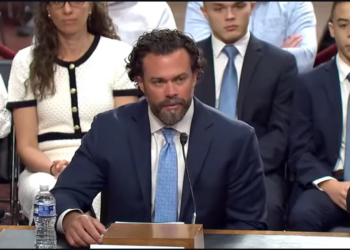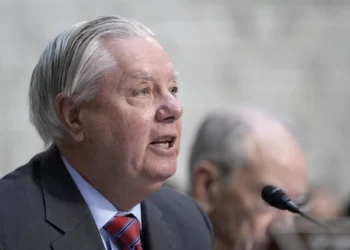Environmental Protection Agency Administrator Lee Zeldin said Tuesday the agency is preparing to overturn its 2009 conclusion that greenhouse gas emissions are harmful to the environment and human life.
In 2007, the Supreme Court ruled in Massachusetts v. EPA that greenhouse gases are classified as pollutants under the Clean Air Act, and in 2009, then-President Barack Obama issued an order allowing the agency to establish emissions standards.
The rule is known as the “endangerment finding.”
“This has been referred to as basically driving a dagger into the heart of the climate change religion,” Zeldin said on the conservative Ruthless podcast.
Zeldin said the order meant the EPA could, but did not have to, regulate greenhouse gas emissions. He said emissions standards were a distraction and the agency change is “an economic issue.”
“We want clean air, land, and water. Conservatives love the environment, want to be good stewards of the environment,” he said.
The EPA has federal emissions standards that all new vehicles must meet. States can implement their own, stricter standards. The EPA also has separate standards for small engines, including groundskeeping equipment.
Environmental experts and scientists have warned that rolling back emissions standards contradicts scientific findings on the danger of climate change.
“It is callous, dangerous, and a breach of our government’s responsibility to protect the American people from this devastating pollution,” the Environmental Defense Fund said.
The action would mark one of President Donald Trump’s most aggressive actions to date to change federal policy as it relates to climate change, which he has repeatedly claimed is a “hoax.”
HOW THE US CAN CATCH CHINA IN CRITICAL MINERALS RACE
The change would likely prompt litigation. The 2009 declaration has survived legal challenges.
The rule stood after a 2012 challenge from states and industry groups. The D.C. Circuit Court of Appeals found the EPA finding was consistent with Supreme Court precedent and “the text and structure of the Clean Air Act, and is adequately supported by the administrative record.”
















